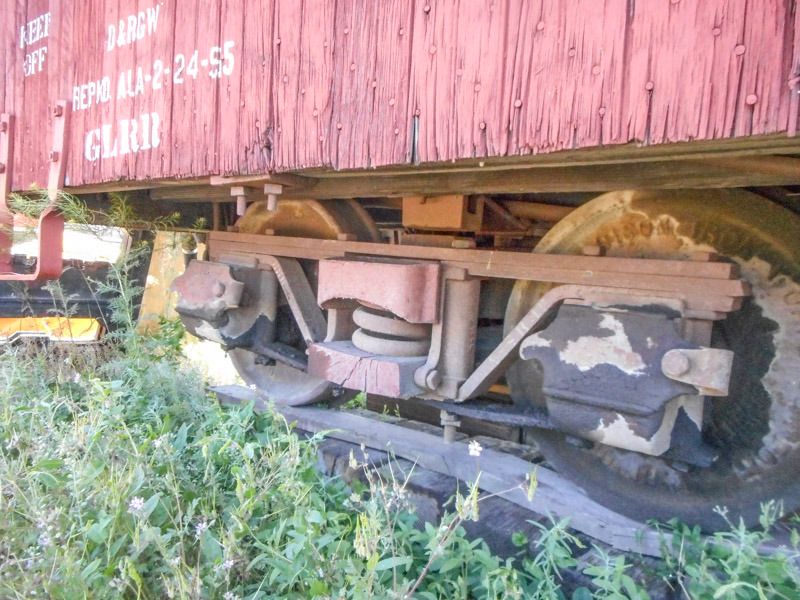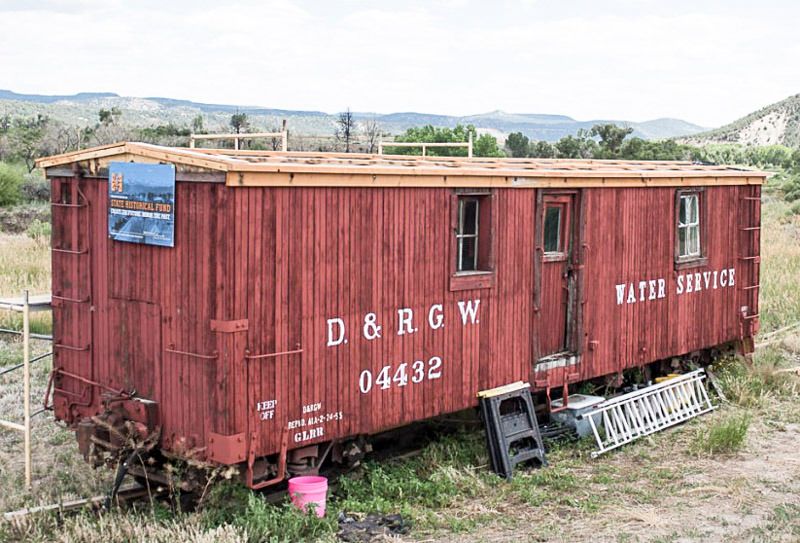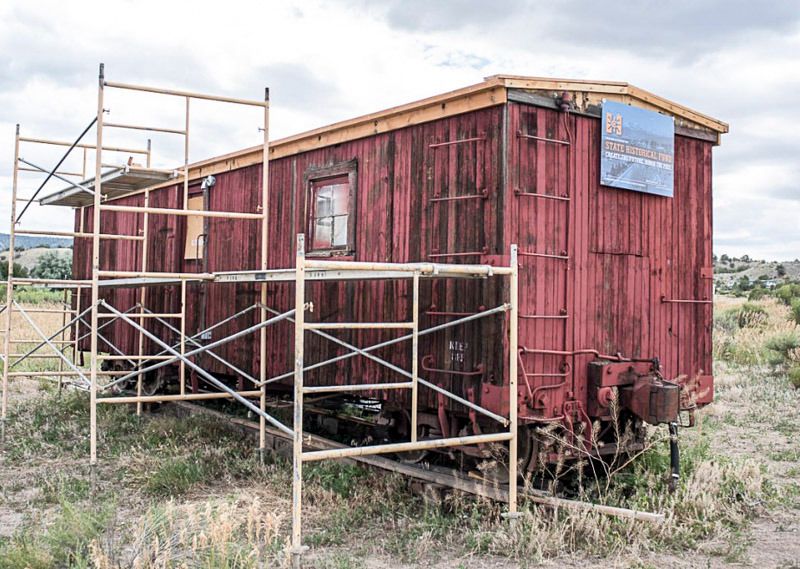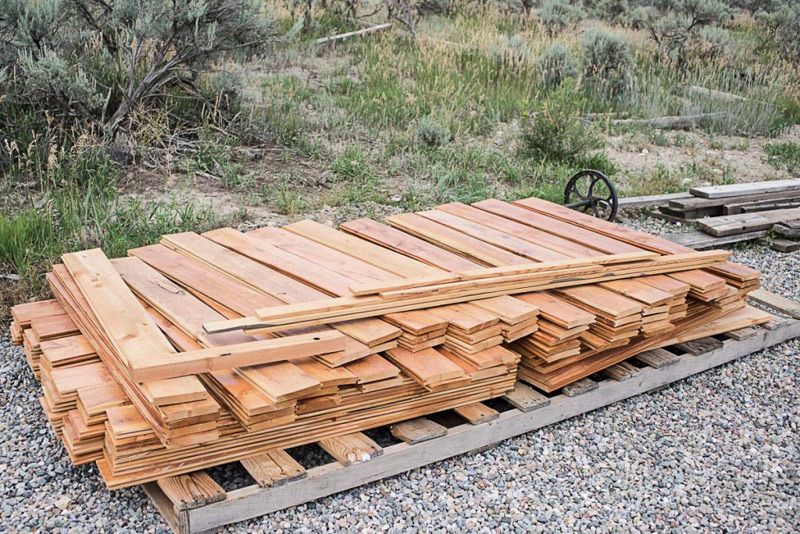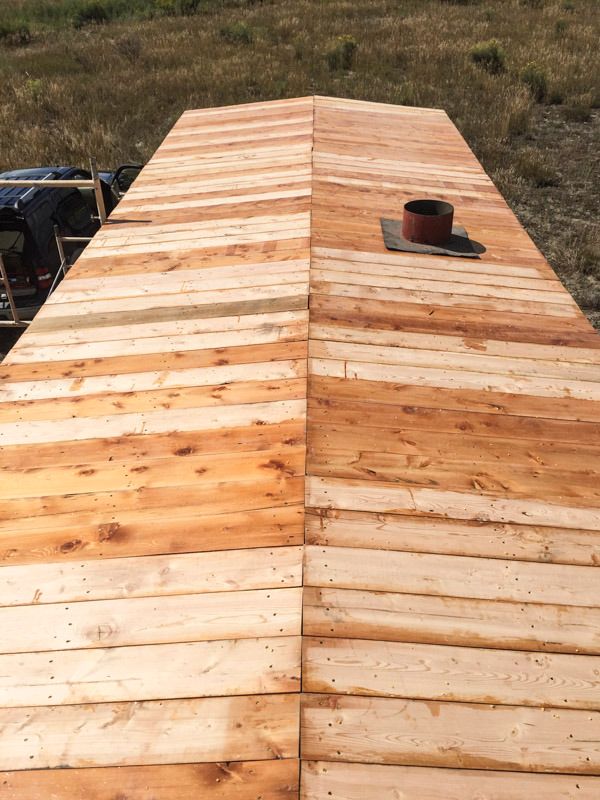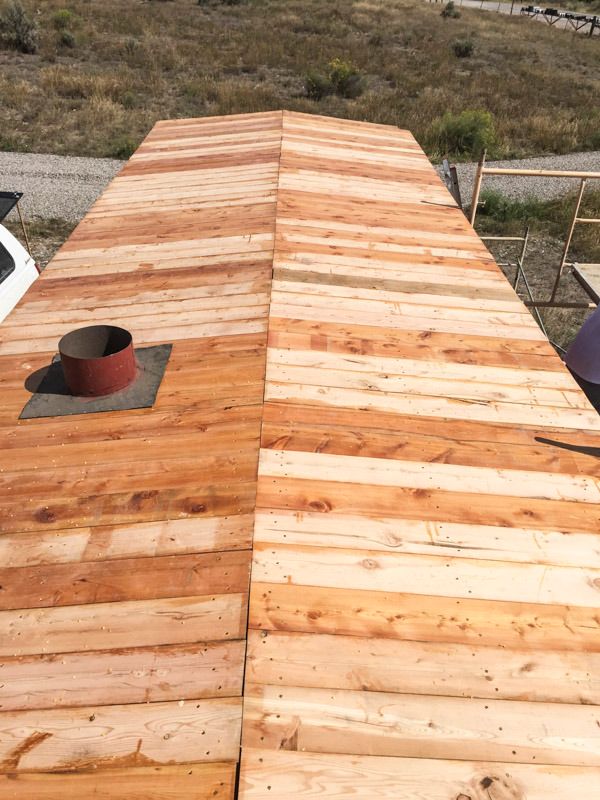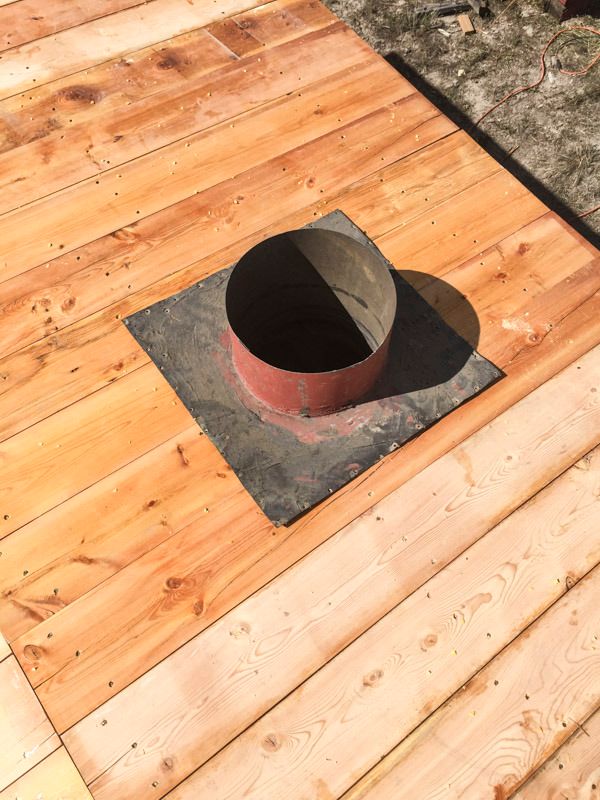BACK TO NARROW GAGE COUNTRY.
Since losing my job, I’ve been struggling to fine my new way. I’ve been spending more time on rail car restoration, of late and thought that I might share some of the experience, and what we (the Durango Railroad Historical Socity [DRHS]) have taken on. Earlier this year we received a Grant from the Colorado Historical Preservation Fund (funded thru a tax on casino winnings) to purchase 5 historical narrow gage cars for restoration and eventual display at the planned railcar museum display in Silverton.
One of the purchased cars came from the Georgetown Loop RR, It ended up its life with the D&RGW as a water service work car 04432.
Here is a Drawing of the car as used for work service.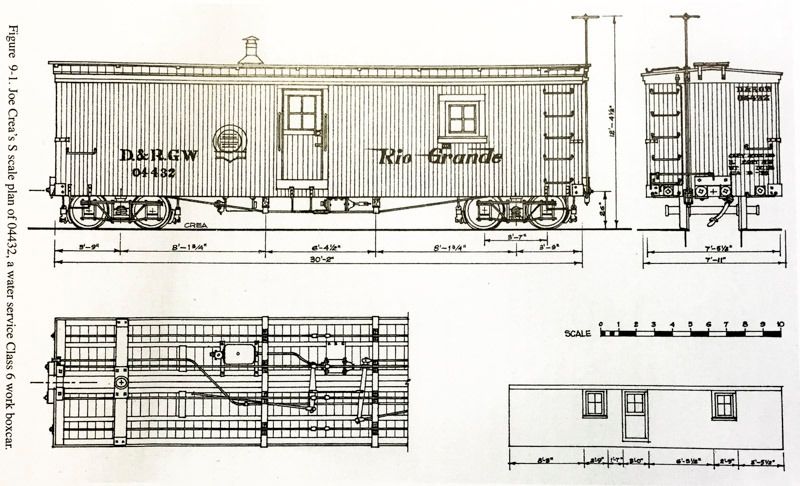
And the car as we got it from the Loop before starting on the repair.
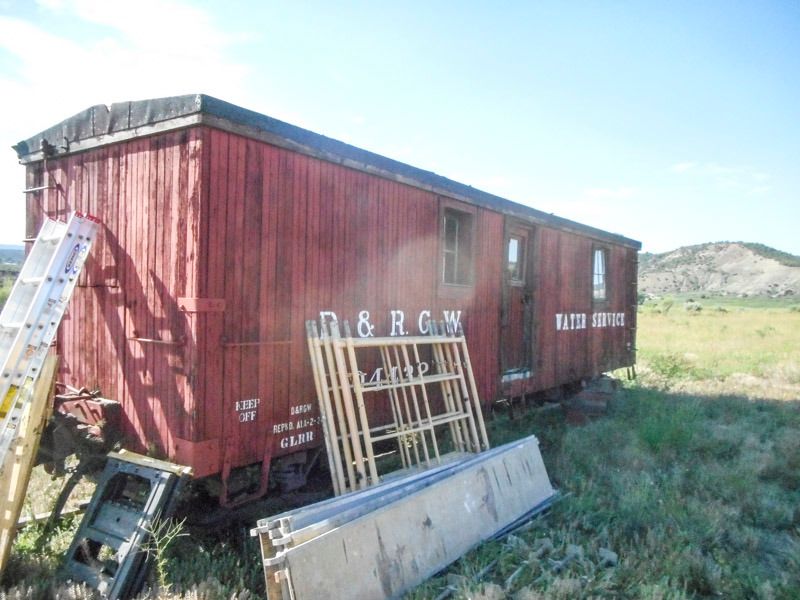
Car 04432 started life as a Class 6 Box Car 4432 ( the 3000 series boxcars that are common, are a newer series then the 4000 series). Originally built in 1899 as a 30ft, 20ton general purpose Boxcar, one of 105 new boxcars added that year. It started life as a Link and Pin coupler car, but was rebuilt in 04’ with Knuckle couplers and upgraded to air brakes to comply with the Safety Appliance Act, and had the brake staff moved to the left of the coupler. 4432 saw regular line service until converted to work service about 1916-1920. Put to work as a Bunk car in the water service division, it had a room partition with a door added to each end with either two or three bunks built in, a stove for heat/cooking, and water tank and “Sink” for cleaning up in the center section. The freight doors were removed and walk in doors installed on both sides and small windows added. Think of a very primitive RR RV. But I bet the crew was glad to have that, then nothing but an old boxcar. As a historical note, all remaining D&RGW class 6 boxcars were transferred in 1942 to the US Navy for use at Pearl Harbor.
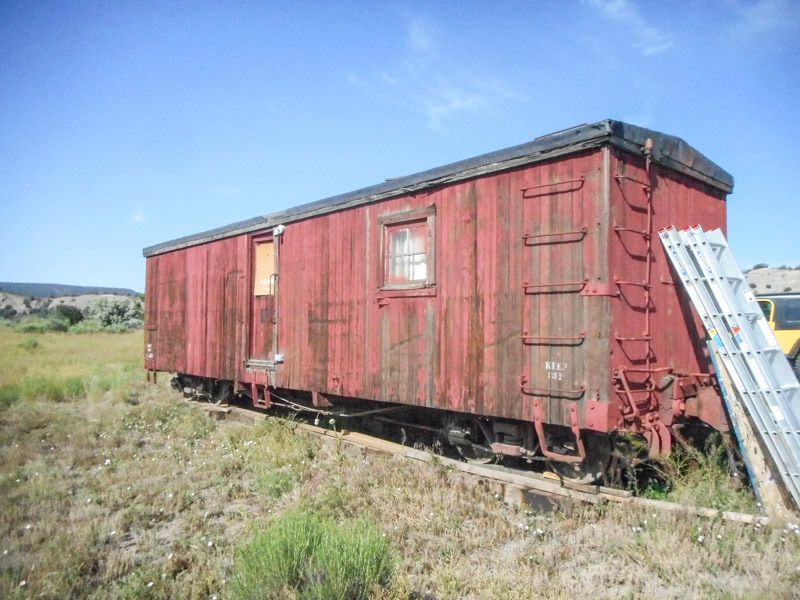
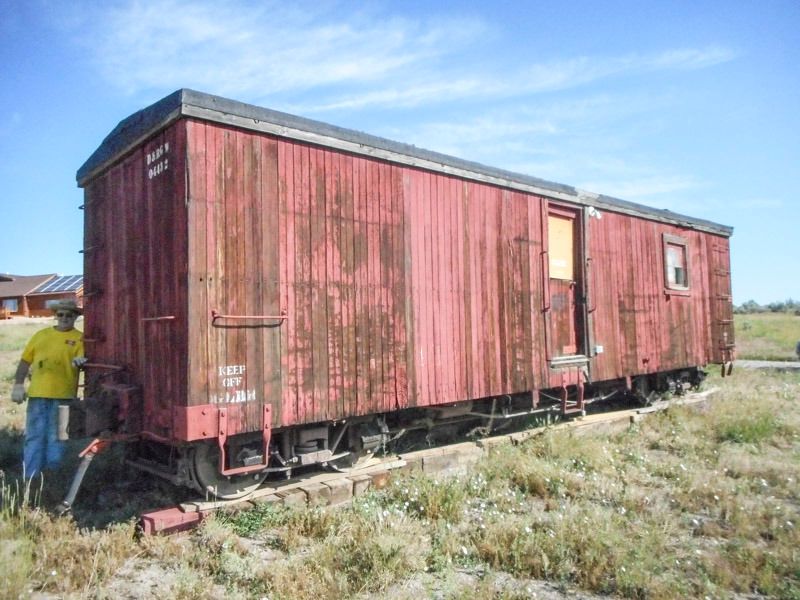
The first order of business was to get started on replacing the roof. It has a double layer wooden roof. Over the years it had been converted during work service to have a “Asphalt Rolled roofing” cover as was very typical of work service cars. The current roof, as when we obtained it had been cobbled together with plywood and the roll roofing was mostly gone. Job one was to “Dry In” to prevent any further water damage.
As we got her.

The roof walk brackets had kept the roofing in place down the center, but the rest was gone. Removing the roof walk braces ( held down with 2 recessed lag screws per).
After removing the plywood, which was screwed down directly to the bottom roof (because the nailers and purlins had been previously removed) we found that the sub roof was in great condition, and did not remove the “Tar Paper” that was covering the bottom.
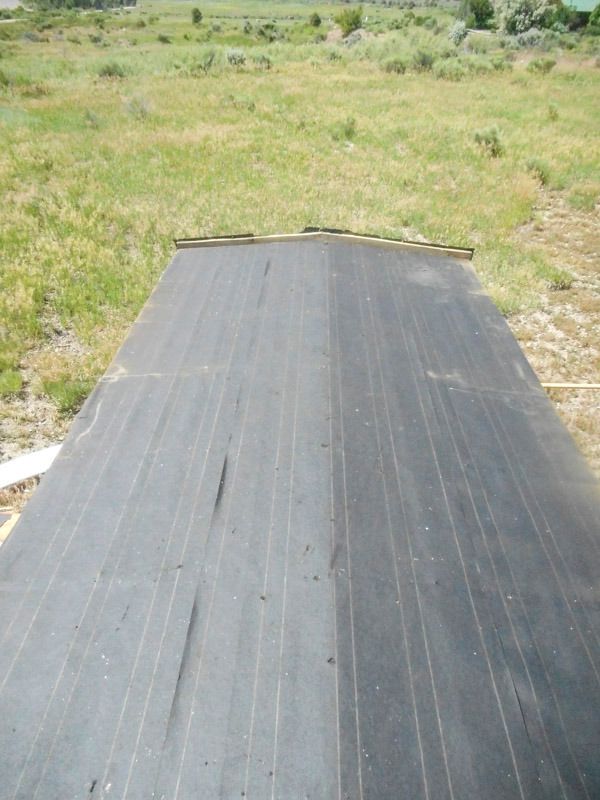
As the main waterproofer for the bottom roof we applied a complete layer of the stickiest stuff known to man “Ice and Water” shield. This stuff will peel the hair off your arms if it gets stuck to you. It was chosen because it is “Self Sealing” to any nails or punctures.

On top of this will be the “Nailer spacer Strips” and the Purlins for the roof boards on top of those.
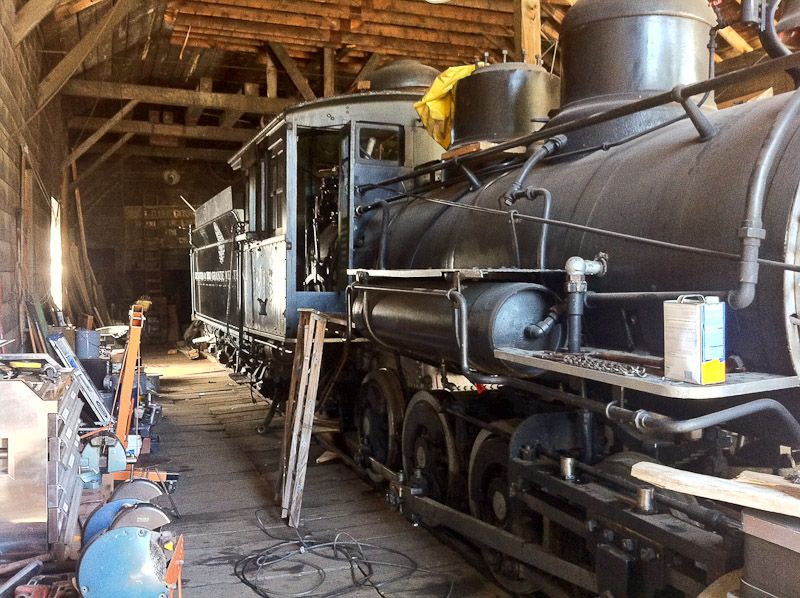
 But any TRAIN is better than no train.
But any TRAIN is better than no train. 







